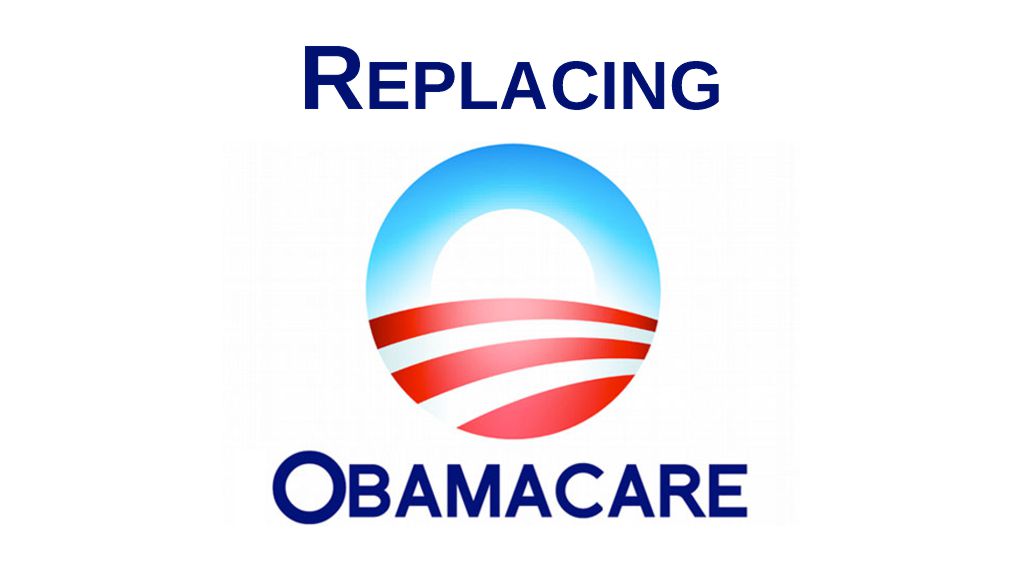The recent government shutdown drew a bright line between the permanent health-care subsidies that benefit higher-income workers and union members and the temporary, annually renewed subsidies available to lower-income Americans. More than a century after Teddy Roosevelt’s Bull Moose Party first placed national health insurance on the agenda, Congress continues to “reform” the system through incremental patches. Today’s health-care architecture is a maze of unrelated statutes overseen by 13 House committees and 12 Senate committees—a sprawling structure that guarantees fragmentation, inequity, and escalating costs.
This article does not advocate a specific health-care model. Instead, it proposes the creation of a Permanent Joint House-Senate Committee on Healthcare Reform charged with conducting a comprehensive review of the system and presenting actionable legislative recommendations to Congress.
The Shutdown Revealed Systemic Failure
The shutdown showed how federal health policy now functions: through rigid partisanship, tunnel-vision subsidies, and an allergy to structural reform.
Democrats insisted on protecting Affordable Care Act (ACA) subsidies for lower-income Americans—a rational impulse, but one that ignores the ACA’s ballooning cost and long-term instability. Republicans, meanwhile, relied on those same ACA subsidies to offset tax cuts in Trump’s “One Big Beautiful Bill”—another rational impulse, but one that deepens inequity.
Both parties clung to past positions. Both refused to engage in the serious, bipartisan overhaul the system desperately needs.
A Costly System with Poor Results
The United States spends more per capita on healthcare than any nation on earth:
- $14,885 per person (2024)
Compared to: - $9,963 among advanced economies,
- $7,371 average across OECD nations.
Administrative spending is five times higher than in peer countries, yet the U.S. ranks last among the ten most developed nations in core health outcomes, including preventable mortality, access to and quality of care.
Subsidies That Enrich the Upper Tier
The U.S. provides unmatched subsidies to the healthcare industry—and especially to highly compensated providers.
Physician salaries illustrate the imbalance. Average annual pay:
- U.S.: $316,000–$352,000
- Canada: $195,000–$273,000
- Germany: $160,000–$183,000
- France: $98,000
- Spain: $57,000
- Mexico: $12,000
These salaries are supported by an enormous subsidy regime. In 2023 the U.S. spent $4.9 trillion on healthcare, or 17.6% of GDP, including $1.9 trillion in federal spending.
But the most consequential subsidy is the federal tax exclusion for employer-sponsored insurance. By exempting employer coverage from taxation—and allowing employers to deduct the cost—the federal government provides $384 billion annually in automatic, permanent subsidies to Americans with stable, often higher-paying jobs.
By contrast, ACA subsidies and SNAP benefits—programs serving lower-income citizens—total $237 billion and must be renewed annually. The well-off receive permanent subsidies. The poor receive precarious ones. That is not a workable approach, nor is it politically smart.
Why Congress, Not the Executive Branch, Must Lead Reform
Congress is the constitutional branch closest to the people. It hears directly from constituents, conducts oversight in public, and alone holds the power to legislate and appropriate funds. While executive agencies can provide technical support, they are neither designed nor culturally inclined to take public input beyond normal rulemakings.
Moreover, many agencies depend heavily on consultants because they lack in-house expertise. This reliance can limit transparency, complicate oversight, and leave Congress at a disadvantage in evaluating policy. A reform effort of this scale requires Congress to build its own sustained analytical capacity.
The Case for a Permanent Joint House-Senate Health Committee
Addressing national health-care policy effectively requires consistent expertise, long-term analysis, and coordination across both chambers. A Permanent Joint Committee would:
- Consolidate the expertise currently dispersed across 25 committees.
- Develop a comprehensive understanding of how federal health-care dollars are allocated and used.
- Evaluate the tradeoffs among competing policy approaches.
- Conduct continuous oversight and research supported by expert staff.
- Introduce agreed-upon legislative proposals simultaneously in both chambers, allowing Congress to move in a coordinated manner.
Congress already maintains four permanent joint committees—Library, Printing, Taxation, and the Joint Economic Committee. All are study committees. A health-care joint committee, by contrast, should be empowered to develop and introduce legislation, supported by a robust staff and dedicated research capacity.
Most importantly, moving both chambers in parallel would reduce delays and ensure that health-care reform proceeds in a structured, coordinated way rather than through fragmented, reactive measures.
William L. Kovacs, author of Devolution of Power: Rolling Back the Federal State to Preserve the Republic. It received five stars from Readers’ Favorite. His previous book, Reform the Kakistocracy, received the 2021 Independent Press Award for Political/Social Change. He served as senior vice president for the U.S. Chamber of Commerce and chief counsel to a congressional committee. He can be contacted at wlk@ReformTheKakistocracy.com
Keyword: Health Policy Reform
Tags: Healthcare, Congress, Joint Committee, Government Shutdown, Affordable Care Act, ACA,
Meta description: Health Policy reform stretches across 25 congressional committees. The result is a patchwork of laws. Congress needs a Joint House-Senate Committee to manage it








